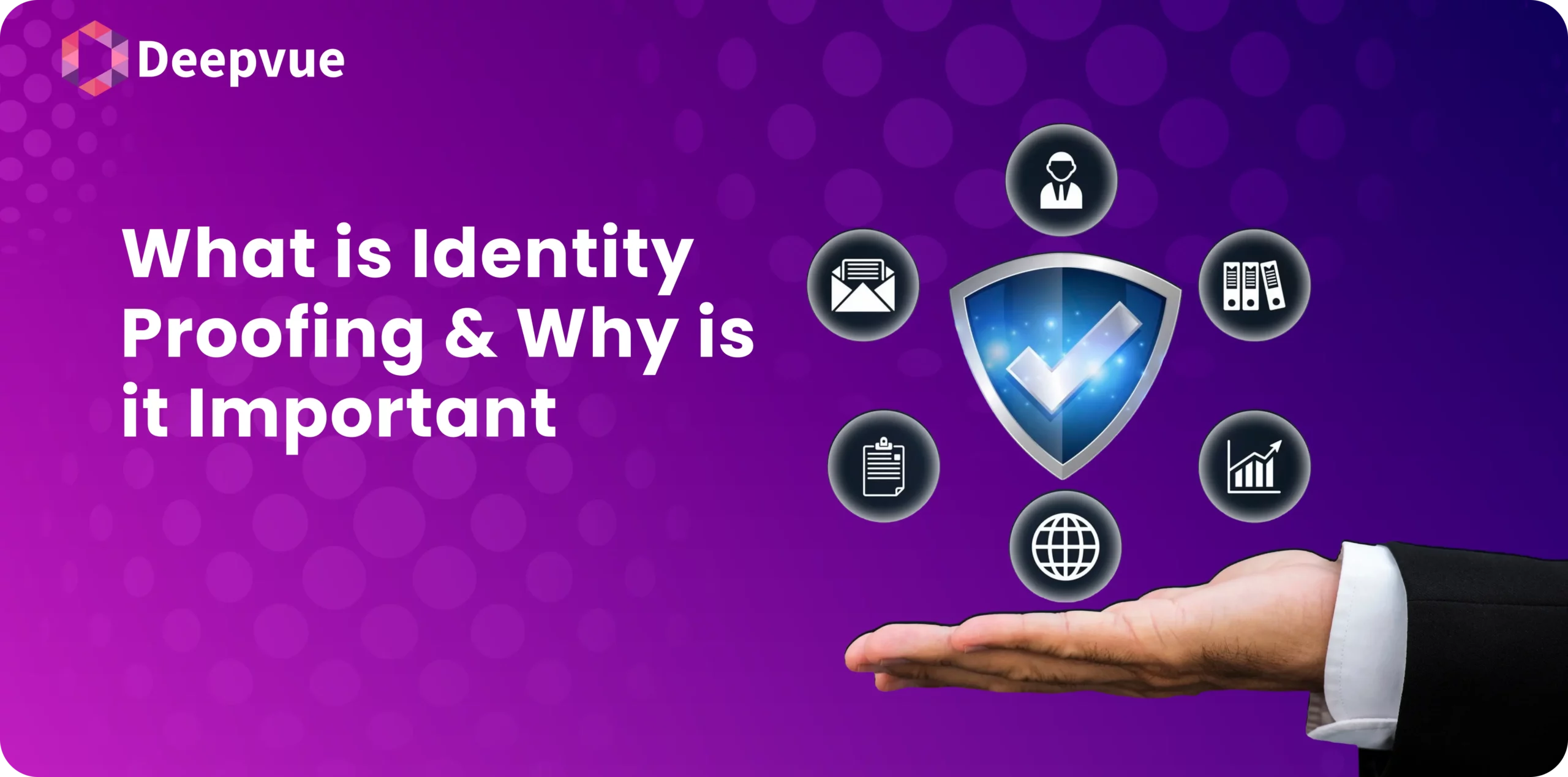What is Facial Recognition Biometrics?
Facial recognition biometrics is a technology that uses unique facial features to identify or verify an individual’s identity. As a subset of biometric technology, it relies on the distinct patterns in a person’s facial structure, such as the distance between the eyes, the shape of the cheekbones, and the contour of the lips, to create a digital map or template. This template is then used for comparison against other facial images in a database, enabling accurate identification or authentication in various applications.
Benefits of Facial Recognition Biometrics
Facial recognition biometrics offers several significant benefits:
- Non-Intrusive: Unlike other biometric methods, such as fingerprint or iris scanning, facial recognition can be done without physical contact, making it more user-friendly.
- Fast and Efficient: It allows for quick identification and verification, reducing wait times in security checks and improving user experience.
- High Accuracy: With advancements in AI and machine learning, facial recognition biometrics has become highly accurate, even in complex scenarios.
- Versatility: It can be used across various sectors, including security, finance, healthcare, and retail, for different purposes such as access control, surveillance, and personalized services.
Importance of Facial Recognition Biometrics
Facial recognition biometrics is crucial in today’s digital and security-focused world:
- Enhanced Security: It strengthens security measures by ensuring that only authorized individuals can access sensitive areas or systems.
- Fraud Prevention: In financial services, it helps prevent identity theft and fraud by verifying users based on their unique facial characteristics.
- Law Enforcement: It assists in identifying suspects and missing persons, aiding law enforcement agencies in their efforts to maintain public safety.
- User Convenience: It simplifies the authentication process for users, allowing them to access services and devices quickly without needing to remember passwords or carry physical IDs.
How Does Facial Recognition Biometrics Work?
Facial recognition biometrics follows a series of steps to accurately identify or verify an individual:
- Image Capture: A camera captures an image or video of the person’s face.
- Feature Detection: The system detects key facial features, such as the eyes, nose, and mouth, and maps these features into a digital format.
- Template Creation: The mapped facial features are converted into a digital template or biometric signature that represents the unique aspects of the person’s face.
- Comparison: This template is then compared against a stored database of facial templates to find a match.
- Verification or Identification: Based on the comparison, the system either verifies the individual’s identity or identifies them from a group of people.
Use Cases of Facial Recognition Biometrics
Facial recognition biometrics is utilized in various sectors and scenarios:
- Access Control: Used in buildings, airports, and secure facilities to grant or deny access based on facial recognition.
- Surveillance: Employed in public spaces and security cameras to identify persons of interest or track individuals.
- Financial Services: Used for identity verification during online banking transactions or at ATMs to prevent fraud.
- Healthcare: Assists in patient identification to ensure that the correct medical records and treatments are provided.
Frequently Asked Questions (FAQs)
What are the privacy concerns associated with facial recognition biometrics?
Privacy concerns include the potential for unauthorized surveillance, data breaches, and misuse of personal biometric data. It’s important for organizations to follow strict regulations and ensure transparency in how biometric data is collected and used.
How accurate are facial recognition biometrics?
Facial recognition biometrics is highly accurate, especially with advancements in technology. However, accuracy can be affected by factors like poor lighting, changes in facial appearance, and the quality of the image captured.






